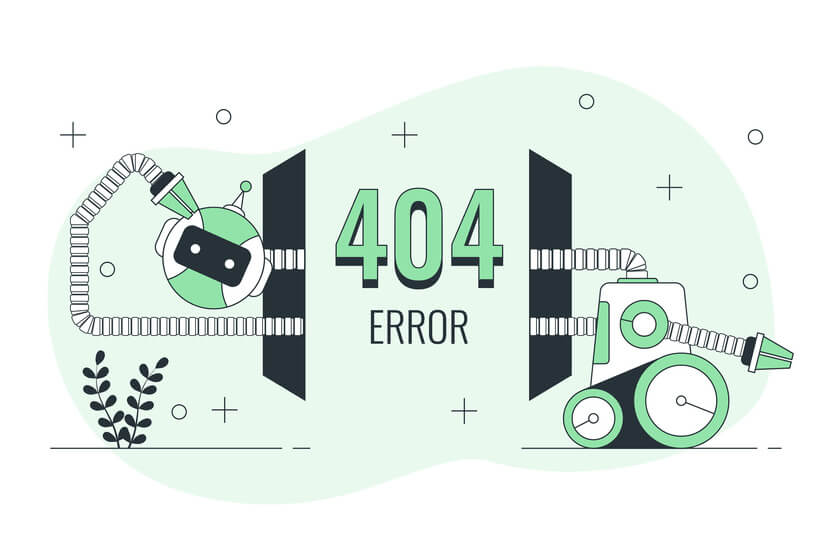HTTP response status codes, also known as status codes, are numerical codes that are generated by a server in response to a request made by a client on the browser side. The purpose of status codes is to facilitate efficient and clear communication regarding the server’s handling and response to the client’s request.
The codes provided encompass codes from IETF Requests for Comments (RFCs), other specifications, and additional codes commonly utilized in HTTP applications.
1xx Informational
It reflects the request’s receipt and comprehension. It is temporary while request processing proceeds. It tells the client to wait for a reply. The message has merely the status line and optional header fields, ending with an empty line.
100 Continue
101 Switching Protocols
102 Processing (WebDAV)
2xx Success
It shows the client’s activity was received, comprehended, and accepted. This implies that the client’s request was valid and that the server fulfilled its obligation.
200 OK
201 Created
202 Accepted
203 Non-Authoritative Information
204 No Content
205 Reset Content
206 Partial Content
207 Multi-Status (WebDAV)
208 Already Reported (WebDAV)
226 IM Used
3xx Redirection
It suggests the customer may take more action to complete the request. That additional step usually redirects the user to another URL. URL redirection uses many of these status codes.
300 Multiple Choices
301 Moved Permanently
302 Found
303 See Other
304 Not Modified
305 Use Proxy
306 (Unused)
307 Temporary Redirect
308 Permanent Redirect (experimental)
4xx Client Error
If the request falls into this category, it’s because the client has made a mistake. It’s possible that the request has syntactic errors, lacks proper authorization, etc. Except when replying to a HEAD request, the server must include an object detailing the issue and whether or not it is transitory.
400 Bad Request
401 Unauthorized
402 Payment Required
403 Forbidden
404 Not Found
405 Method Not Allowed
406 Not Acceptable
407 Proxy Authentication Required
408 Request Timeout
409 Conflict
410 Gone
411 Length Required
412 Precondition Failed
413 Request Entity Too Large
414 Request-URI Too Long
415 Unsupported Media Type
416 Requested Range Not Satisfiable
417 Expectation Failed
418 I’m a teapot (RFC 2324)
420 Enhance Your Calm (Twitter)
422 Unprocessable Entity (WebDAV)
423 Locked (WebDAV)
424 Failed Dependency (WebDAV)
425 Reserved for WebDAV
426 Upgrade Required
428 Precondition Required
429 Too Many Requests
431 Request Header Fields Too Large
444 No Response (Nginx)
449 Retry With (Microsoft)
450 Blocked by Windows Parental Controls (Microsoft)
451 Unavailable For Legal Reasons
499 Client Closed Request (Nginx)
5xx Server Error
In this case, the server has either encountered an unexpected condition or is unable to fulfill the request. If the server encounters an issue, it should include an object with details about the error and whether or not it will persist (unless in the case of a HEAD request).
500 Internal Server Error
501 Not Implemented
502 Bad Gateway
503 Service Unavailable
504 Gateway Timeout
505 HTTP Version Not Supported
506 Variant Also Negotiates (Experimental)
507 Insufficient Storage (WebDAV)
508 Loop Detected (WebDAV)
509 Bandwidth Limit Exceeded (Apache)
510 Not Extended
511 Network Authentication Required
598 Network read timeout error
599 Network connect timeout error


